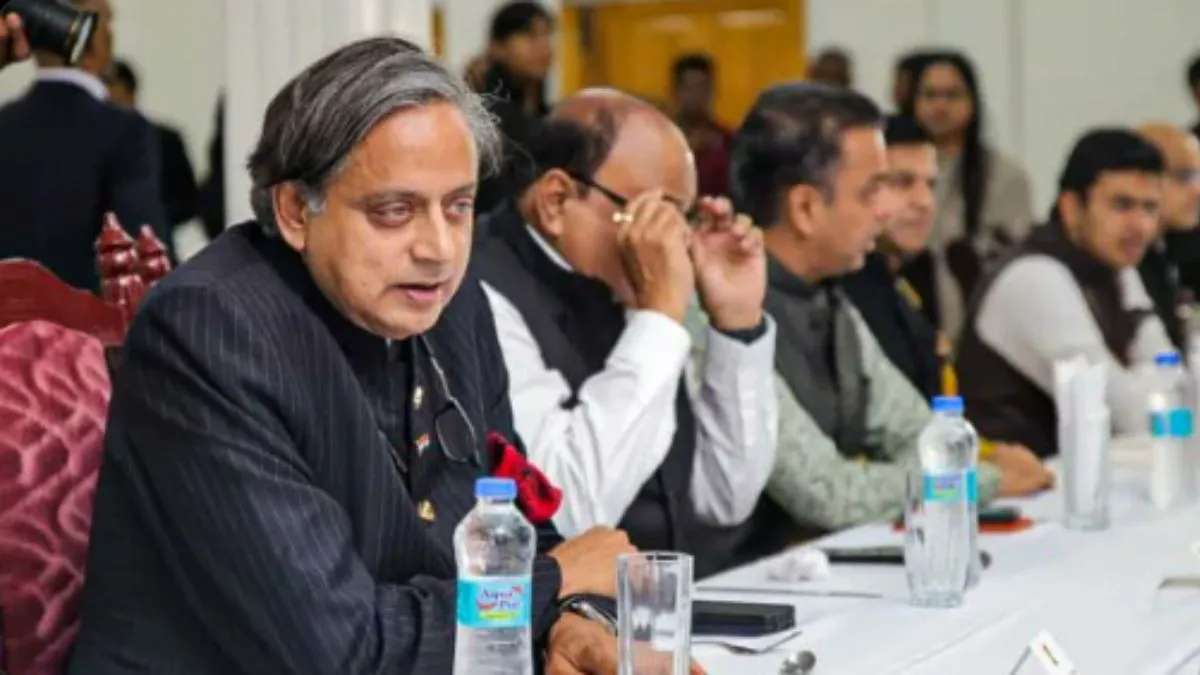A technology demonstrator for Active Radar Cross Section (RCS) Reduction Systems is being developed by National Aerospace Laboratories (NAL) in partnership with industry partners. Enhancing stealth capabilities in aerospace applications, especially for military aircraft, is the goal of this endeavor.
By using sophisticated ways to reduce an object’s radar visibility, active RCS reduction makes it more difficult for adversary radar systems to detect and track.
This method efficiently cancels out the reflected signals by using antennas to emit signals that interfere with incoming radar radiation. Phased array technology and digital radio-frequency memory (DRFM) can be used by systems to analyze and provide the signals required for efficient cancellation.
Instead of reflecting radar waves, these materials are made to absorb them. NAL has created a number of RAM products, such as flexible coatings and sheets that can be used on aircraft surfaces to drastically lower radar signals in a variety of frequency ranges.
Met Surfaces: In order to accomplish both passive and active RCS reduction, recent developments have concentrated on employing meta-surfaces, which are engineered materials that control electromagnetic waves. Radar signals can cause these surfaces to dynamically modify their characteristics, increasing their efficacy across a wider bandwidth.
India’s larger plan to improve its defense capabilities through domestic technology development includes the partnership between NAL and industry partners. This comprises:
Demonstration Projects: To demonstrate the efficacy of active RCS reduction approaches on vintage aircraft, NAL is developing technology demonstrations. According to preliminary testing, employing specifically created coatings and structures significantly lowers radar signals.
Achieving the intended RCS reduction results requires the development of sophisticated materials, such as paints that absorb radar and structures made of magnetic flakes. Based on certain operational requirements, these materials are designed to maximize absorption qualities.
In order to facilitate integration without requiring significant alterations to present platforms, the new technologies are being developed to be compatible with existing aircraft systems.
India’s defense capabilities will be significantly impacted if active RCS reduction technologies are successfully implemented. India hopes to increase its operational efficacy and strategic deterrence in contested areas by improving the stealth characteristics of its aircraft.
In order to develop more capable and resilient military platforms, the aerospace industry is increasingly combining modern materials science with electronic engineering, as this partnership demonstrates. As these technologies advance, India will probably be positioned as a competitive force in the global aerospace sector, able to support international defense cooperation in addition to meeting domestic demands.

